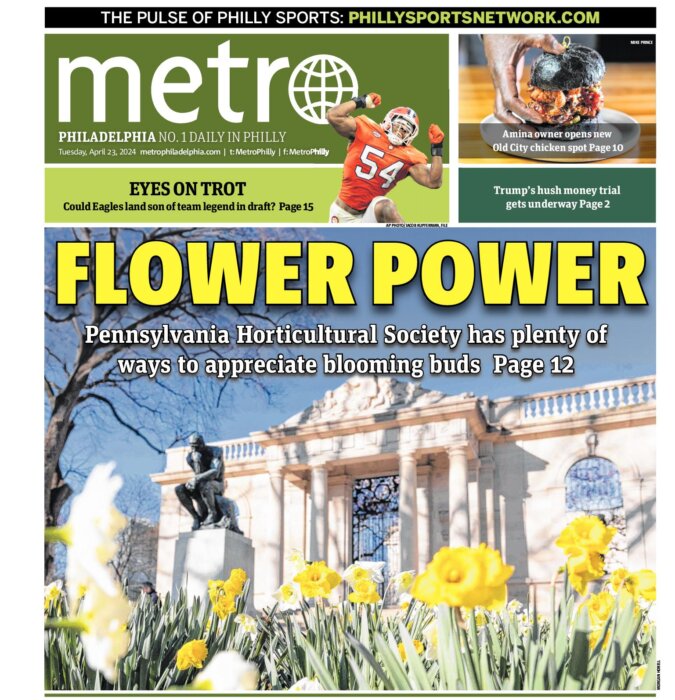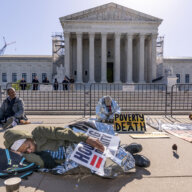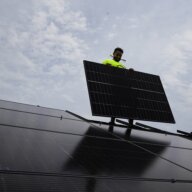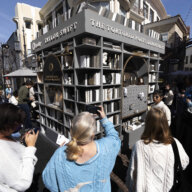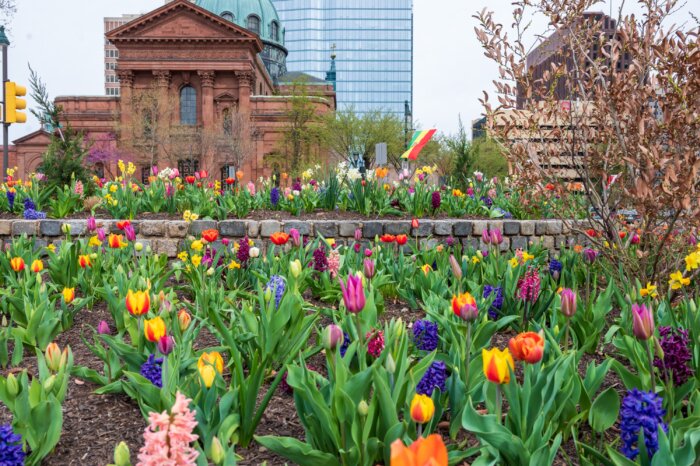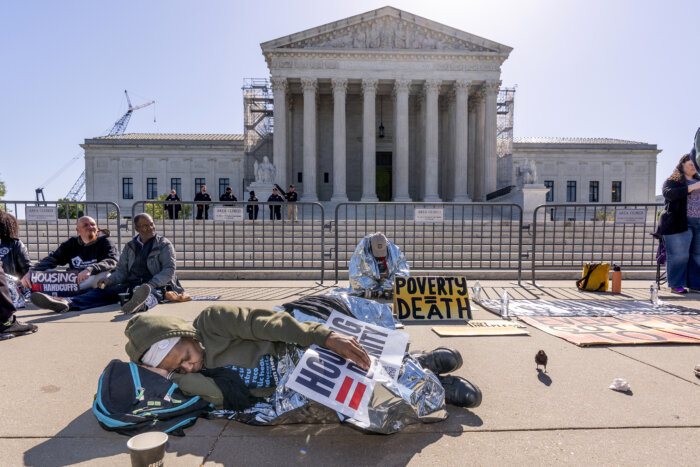The pink sprays of Fairmount Park’s cherry blossom trees are annually welcomed as a harbinger of spring. But the flowers have this year unfurled nearly two months early, signaling not a change in season, but a wild seesawing of temperature extremes.
“We’ve had such weird weather,” said Mindy Maslin, project manager of the Pennsylvania Horticultural Society’s Tree Tenders program. She said the shift has been so noticeable over the past few years that the USDA plant hardiness zone designation for the region has changed.
“It was 60 degrees like a week ago and now, with the wind chill, it’s in the single digits. So there’s a lot of plant confusion going on, and it’s a bad thing.”
With the release last week of both the National Climate Assessment draft and the National Resources Defense Council’s Extreme Weather Map, more local scientists and advocates are sounding the alarm for climate change.
“2012’s unparalleled record-setting heat demonstrates what climate change looks like,” said NRDC senior scientist Kim Knowlton. Though the phenomenon is often referred to as “global warming,” rising mercury is only one component of the shift.
“The heavy precipitation events are increasing,” said Penn State University oceanography professor and climate researcher Raymond Najjar. “This is what we expect from a warming environment. Winter storms appear to be getting stronger.”
The extremes are wreaking havoc on the local ecosystem. “The warm weather coming in, then being cut off with cold weather – that’s the hardest thing for plants because they need to harden off,” Maslin said.
And it makes the forecast for the cherry blossoms less than sunny. “The trees that are blooming now, the blooms are going to get frosted off and they’re not going to be able to set new blooms for the spring,” Maslin said.
‘Global warming’ isn’t always ‘warm’
“People say, ‘It’s cold out. How can you have global warming?'” said
meteorologist John Bolaris, who writes a weekly column for Metro. “But global warming has to do with
accepting that the overall world climate is in extremes in ways we’ve
never seen before.”
He said the recent cold marked “the first
arctic outbreak of our year” and comes as a shock to our systems because
it’s been an otherwise mild winter.
“We’re in an extreme cycle
for sure,” he said. “For years to come, we’re going to be living in
extreme cycles with explosions of superstorms in the category of Sandy
and extreme temperatures.”
“There’s blazing forest fires in
Australia, severe heat, drought, so we have extreme conditions
globally,” he continued. “When the president addressed climate change,
he was very correct in saying America, going forward, really has to
acknowledge the change in atmosphere. Global warming is in existence.”
Why cities are vulnerable
Cities are especially susceptible to the effects of climate change, according to the National Climate Assessment draft.
Urban centers depend heavily on infrastructure systems for everything from water and electricity to transportation. These systems are aging, underfunded and interdependent, making ripe the possibility of a domino effect if one fails.
Cities are particularly vulnerable to heat – they tend to have slightly higher temperatures than in surrounding areas, larger amounts of pollutants and their overburdened electrical grids are likely to fail when people need them most.
“Many cities, including St. Louis, Philadelphia, Chicago and Cincinnati, have sustained dramatic increases in deaths following heat waves,” the draft noted. But it also gave props to Philadelphia for its heat warning system, neighborhood cooling centers and creation of more green spaces to offset the “urban heat island” effect.
By the numbers
62 record-breaking extreme weather events were recorded in Pennsylvania during 2012.
36 new rainfall records were set across in Pennsylvania during 2012, in addition to 21 new heat records and 5 new snow records.
Temperatures in the Northeast region increased by nearly 2 degrees between the years 1895 and 2011.
Precipitation rose 5 inches in the same period.
The sea level has risen 1 foot since 1900. It is projected to rise by 1 to 4 more feet by 2100.
$6 trillion worth of property in the Baltimore, Boston, New York, Philadelphia and Providence metropolitan areas would be exposed to coastal flooding with a 1.5-foot rise in sea level.
